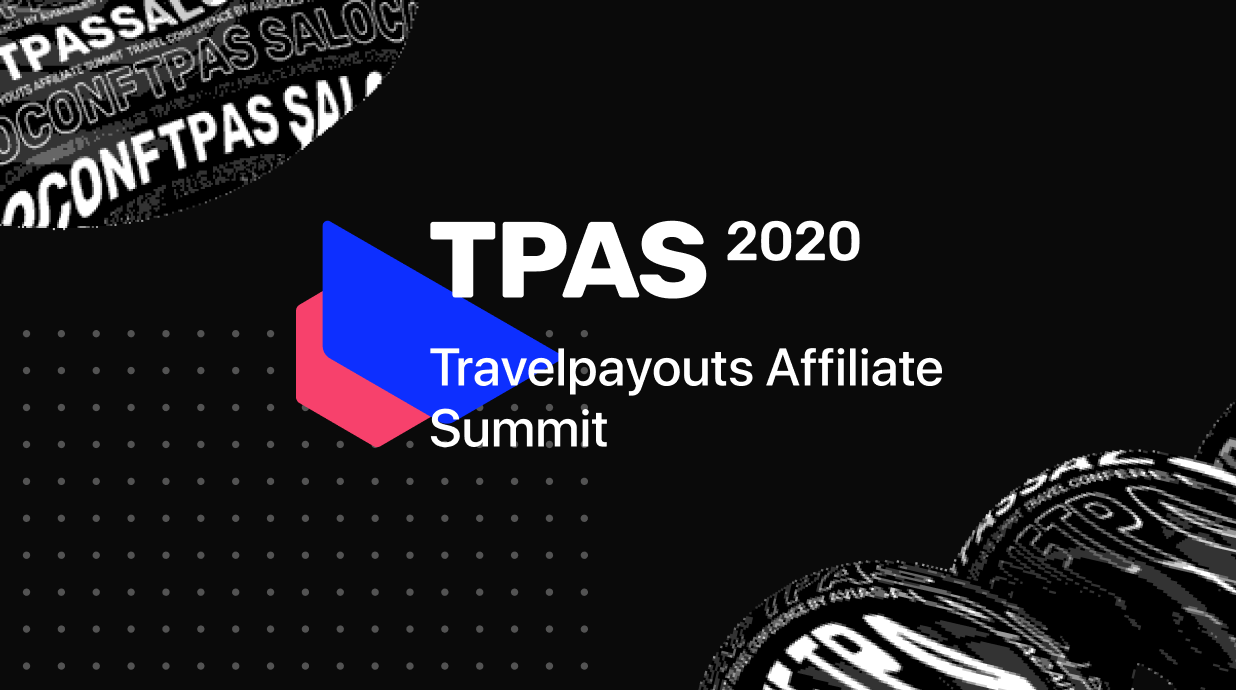
In 2020, we at Travelpayouts decided to run our Affiliate Summit completely online for the first time ever. We even did it in two languages - English for our international audience and in Russian for those interested in affiliate travel marketing.
All of this while also dealing with Covid-19, which brought obvious challenges for the travel industry, including the fact that many big advertisers completely shut down their programs, leaving affiliate marketers with broken links and zero revenue streams. The whole industry was feeling the effect of this, and our main goal with the Affiliate Summit was to show people that we are still here and ready to support our affiliates when they needed the support the most. It was also to show that we are looking towards the future, to a time when everyone is traveling again.
Our five-day event from October 5-9 included educational segments on performance marketing, ads, SEO, content marketing, and other topics that encouraged our affiliates to find the best ways to adapt their platforms for the crisis. We wanted to encourage people to look at segments such as car rentals, local travels, and other methods that could work for them.
While it is difficult to say that anything good has come from Covid, it allowed us accessibility to audiences worldwide. It also meant that we didn't need a physical space and it eliminated any speaker fees that would normally have to be paid (travel, lodging, etc.).
Since we have affiliate markers in India, Thailand, Russia, the USA, Canada, Kuwait, and more, we had the amazing opportunity to connect them all in one place via the online platform.
Challenges
One of the biggest challenges we faced during this was in regards to competition. Many other groups were hosting conferences at similar times. We decided to focus on our target audience - affiliate marketers and bloggers interested in affiliate marketing tools.
We built awareness through our speakers, so it was important for us to work with esteemed travel bloggers and affiliates. We had ambitions of bringing thousands of affiliates to the conference but only really started to work on the event three months ahead of time. We quickly realized we were short on time.
The main lesson here sounds obvious, but it is worth stating - Take however much time you think you need to organize an event and double it. The only time this might not apply is when you are familiar with the process and have all of the basics in place.
In fact, we didn't really realize that we were doing two different events at the same time - one summit in Russian and another one in English with a gap of only two weeks. All the speakers and topics were different. We had a team of just five people dealing with registrations for 8,000 people for both summits. We don't recommend doing it this way.
In August, we still had zero registrations and less than two months before the start of the event. The forms we created were posted through ads and required people to fill out six lines of information plus a link that required people to sign up for Travelpayouts first. We quickly realized that social media users who weren't familiar with our brand were not ready for all of that.
On top of that, our website was still messy, with no specific topics and five pages of information for each day. Users would have to sift through lots of information to get familiar with the event.
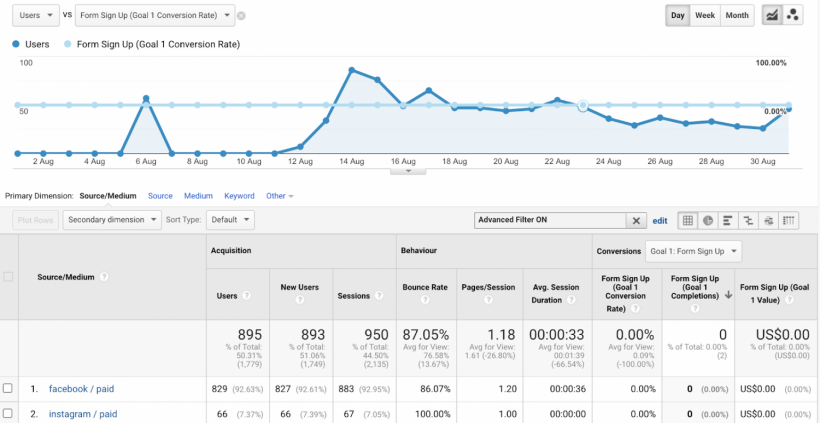
However, our creatives showed great conversions.

Facebook users clicked on them and then got lost on the website.
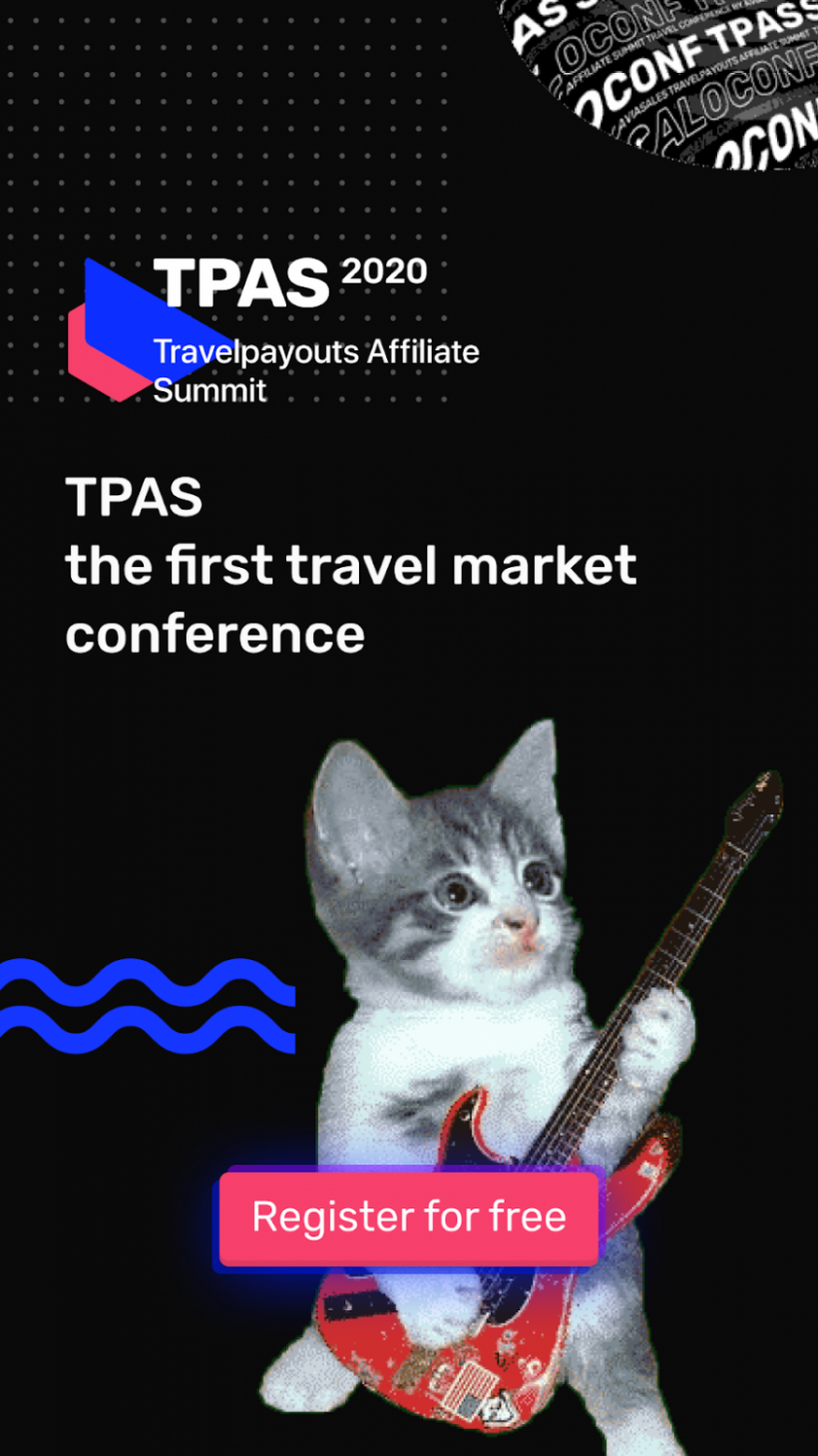
By the end of August, we realized we were short on time and needed to change our strategy ASAP.
First, we simplified our website and made everything clear regarding the timing and session schedule. We changed the forms so users only had to leave their emails. We also stopped forcing them to register for Travelpayouts. This made our sessions raise four times but most importantly - we saw a conversion rate of an average of 24,6% and in best times reaching even 40%.
Because the event was virtual, we believed it would be hard to pack everything into one or two full days, especially considering the different time zones. So, we pivoted and broke the event down into five days for three hours each, allowing for a more parallel flow.
We also created a fun quiz to generate more attention. We asked users to answer questions to see if they were smarter than our speakers. If they succeeded, they could earn $50. This worked well to generate interest.
We also created promo codes for speakers and asked them to announce the Summit on their social media accounts. In addition, we asked them to record a short video invitation with the date and the topic they were discussing.
With the industry's mood being so low, travel marketers were eager to participate in a free event to support the Summit, and almost all of them agreed to promote the Summit for free. This was a huge boon in bringing awareness to those in the US.
Some of our speakers included Oneika Raymond, a well-known travel blogger featured in Conde Nast Traveler, Forbes, and other magazines; Alexa Williams Meisler, who runs her program for thousands of traveler bloggers and hosts the Break into Travel Writing podcast; Alisha Kapur from SimilarWeb, and many others.
The lesson here is to do as much personalized, creative advertising with your speakers as possible.
We used these pictures featuring our speakers to gain more attention.
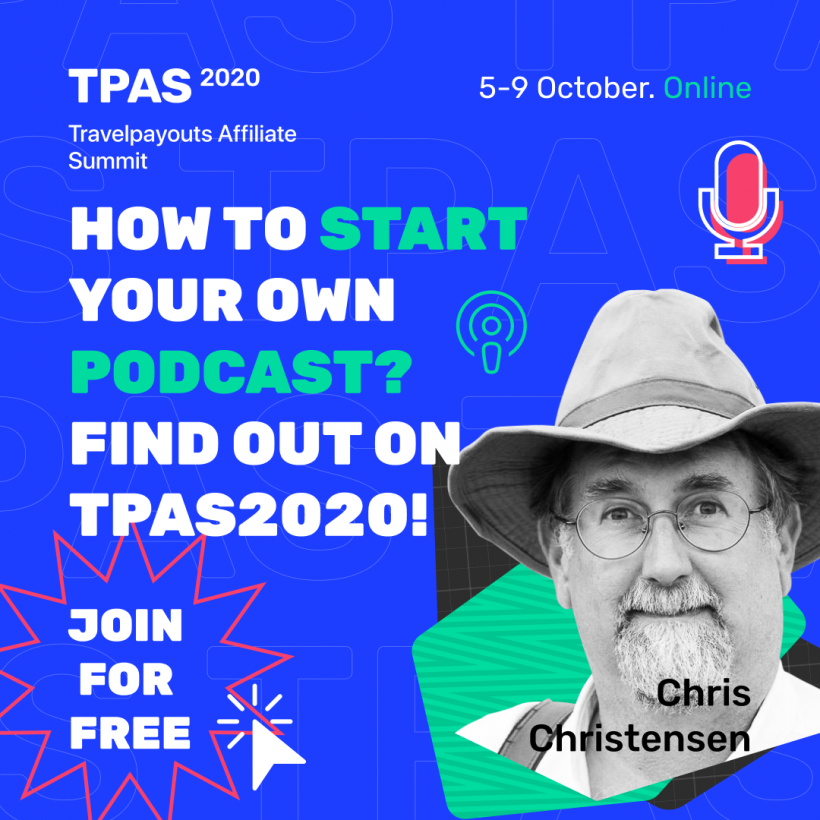
Eighteen percent of all participants came from Facebook. After we personalized everything and targeted our audience well, the conversion was $2.5 per lead, which was great.
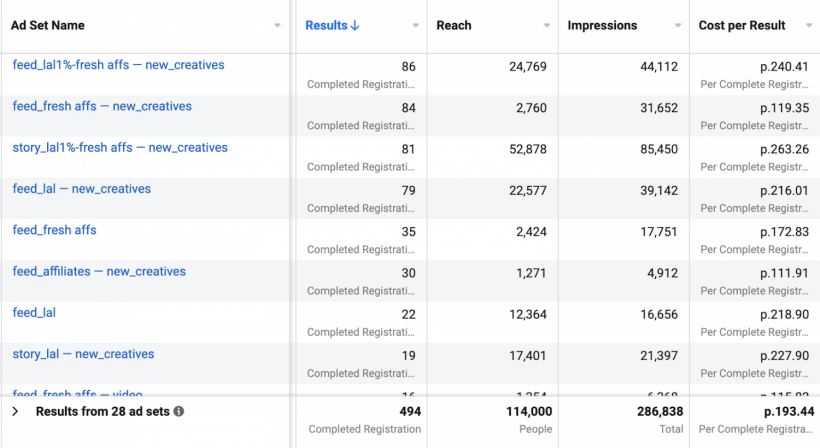
One week before the event, we got the largest number of leads and the highest conversion rate on Facebook. To target our audience, we used lookalike audience builder tools on Facebook.

Landing page improvements drastically increased conversion rates across all channels with paid promo.
Another challenge we faced was due to different time zones. Our team was based in Phuket and Moscow, so we would often have to schedule calls with American speakers at night when they were just starting their day.
Expertise was another challenge. We are a team of marketing professionals, not event managers, so that experience was new. For a month and a half, we almost completely focused on the Summit and put our regular work to the side. Organizing speakers, getting on calls, you name it, and we had to do it.
However, I felt lucky to be a part of such a dedicated team, and it made the process of non-stop hard work where we sometimes forgot to eat or sleep easier. Those days, we had to wear hats typically meant for designers, developers, assistants, program directors, catering managers, and more.
To convert leads into real participants, we created a calendar where people could add masterclasses that they wanted to attend. After the Summit, we also sent everyone recordings and invited them to subscribe to our YouTube channel. To increase view time, we had incentives like prize money and special offers available to those that stayed until the end.
In a record time, we gathered 8,000 leads, and eventually, around 5,000 of them attended the Summit.
After the Summit
We invested about $20K of our own money hosting this free Summit, which felt like a lot during a time where you are not getting revenue from the travel industry. However, we are seeing returns through signups to our system and overall positive feedback from participants who were excited and more encouraged to start or continue working in the travel industry.
|
How did you like the summit overall? |
4.40 |
|
Assess the summit program |
4.25 |
|
How did you like the online format? |
4.40 |
|
Was it comfortable to have two flows of sessions? |
3.90 |
|
Assess networking |
2.60 |
|
Will you join us next year? |
4.60 |
|
How did you like the summit program? |
4.60 |
With this Summit, we wanted to encourage affiliates to keep going and show that we are there for them and that we are still investing in the industry. We believe this is a long-term investment and it will yield results after the pandemic is gone.
Because of the Summit, we've gained about 200 new registrations on Travelpayouts. We also gained over 500 subscribers on our YouTube channel, which we just started in August. Our Twitter activity jumped up almost five times, and we got 300 new members on our Travel Affiliate Club on Facebook.
Written by Liza Rudykh, Head of Marketing at Travelpayouts
* This is a contributed article and this content does not necessarily represent the views of techtimes.com









